The notes by the doctor who attended to Cornelius John, 63, at the Accident and Emergency (A&D) Department of the Milton Cato Memorial Hospital (MCMH) on April 13, after he was shot, contain nothing about him complaining about or being treated for abdominal pain.
This was the evidence of Dr. Charles Woods, consultant orthopaedic surgeon at MCMH, when he testified in the Morgan/Nelson trial in Calliaqua last week Monday, Nov. 15 — Day 4 of the trial.
iWitness News can now report on the evidence of the case as court had barred the media from doing do during the trial.
Woods took the stand at 2:42 p.m. and after the first set of questions, the defence said they had no objection to him being accepted as an expert, as his credentials are well established.
In his evidence-in-chief, Woods, who used the report he prepared for the hearing to refresh his memory, told the court that John had a gunshot wound to left leg and had denied loss of consciousness.
There was a fracture with multiple fracture lines or fragments, Woods told the trial before the Mesopotamia Magistrate’s Court, sitting in Calliaqua.
Senator Ashelle Morgan, a lawyer and deputy speaker of the house of Assembly was being tried on a charge that she assaulted John in Diamond Estate on April 13.
She was tried alongside Karim Nelson, an assistant deputy director of public prosecution, who was charged that on April 13, at Diamond Estate, he wounded John and unlawfully discharged a firearm at him.
Woods told the court he was not able to give an “exact opinion” on how much force — mild, moderate, or severe — would cause a fracture such as the one that John had.
The prosecutor, S. Stephen Brette, who is deputy director of public prosecution in St. Lucia, asked the doctor if he would be able to give an opinion as to how close the force would be to cause that fracture.
However, Duane Daniel, Morgan’s lawyer, objected to the question, telling the court that Woods is a medical practitioner and not a forensic specialist.
But Brette continued and asked how close the application of force would have to be to cause the injury.
Daniel again objected, saying he does not understand the question from a physics point of view. “Force is a very strange thing,” Daniel said, adding that Brette had spoken about closeness to the force and application of the force to a point of impact.
The lawyers said that force could have originated at much closer to the source. “From a physics and scientific point of view that question, to me, seems nonsensical,” Daniel said.
The prosecutor said he would rephrase and noted that the doctor had said that the fracture was secondary to a gunshot wound.
“Are you able to give an opinion as to how close, to use your words, that gun would be to the victim’s foot to cause such a fracture?” Brette asked.
Daniel again rose and asked if the doctor was being asked to give an opinion related to his medical expertise or an ordinary opinion.
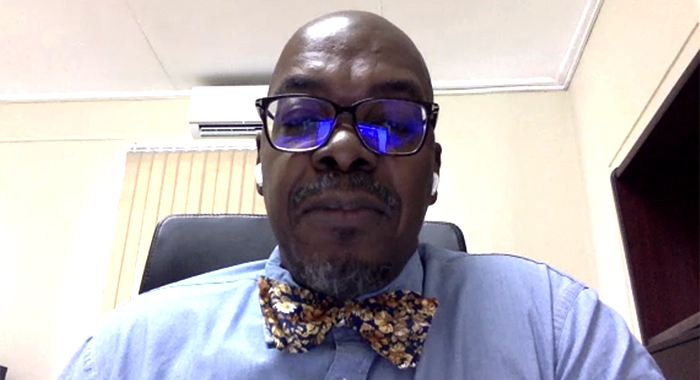
The prosecutor noted that the doctor had described a fracture and has indicated that there are different types of fractures.
Brette said he was asking the doctor if he was able to give the court an opinion on how close that gun had to have been to have caused the type of fracture on John’s leg.
At this point Ronald “Ronnie” Marks, Nelson’s lawyer, joined the debate, telling the court that while he was not objecting to the question, it was unfair to the doctor because the doctor would not know the calibre of ammunition that caused the wound.
Brette noted that he had asked the doctor whether he was able to say.
The magistrate commented that there would be some telltale indication of how close the weapon would be to the wound sustained by a gunshot victim.
The doctor said that he would not be able to say how close John was to the firearm that caused his injury.
The prosecutor then asked the doctor if he would say whether someone who received such a gunshot wound would be able to walk around normally on both feet after sustaining the injury.
Woods said that the fracture was not a displaced fracture.
“In other words, the integrity of the bone was still intact, so it is possible that he may have been able to bear some weight on the affected leg though with considerable pain”
The prosecutor was asking the doctor whether it would be possible for a person who sustained an injury such as John “ to be able go from —“, when Daniel objected, saying that the question calls for speculation.
“The doctor was not there,” Daniel said. “I don’t know if the principle of finality only works one way,” he said, referring to a legal principle to which the prosecutor had reportedly referred during the trial.
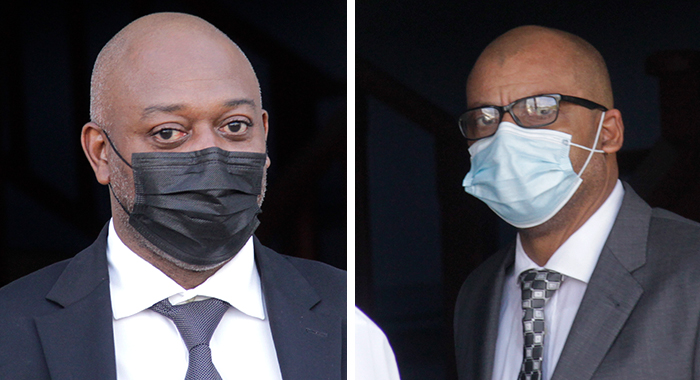
However, Brette maintained that the question was a different one which the doctor can answer.
Daniel, however, said that it seems to him that the answer was clear.
Marks, for his part, said that whether the doctor answered the question was up to the court.
However, the magistrate ruled that the question was not a fair question.
The prosecutor said he was “guided by the court, even when I don’t agree.”
Woods told the Court that he was not the first physician to see John at the Accident and Emergency Department and that he first attended to John the day after the shooting.
In cross examination, Daniel asked Woods if, procedurally, when a patient presents at the hospital there are case notes.
The doctor answered in the affirmative.
He said that in preparing his report for the court he had access to the case notes, including those from when John presented at the Accident and Emergency Department on April 13.
Woods said he did not know who the physician was who attended to John when he first presented at the hospital.
Asked if he supervised the physician, Woods said that two physicians saw John: the A&E physician and the intern at surgery
He said that case notes were tabulated by the physicians and he (Woods) had access to those notes.
The report tendered in evidence includes information when John first presented at A&E.
Woods said that report said that apart from the injury to the leg John had no other complaint.
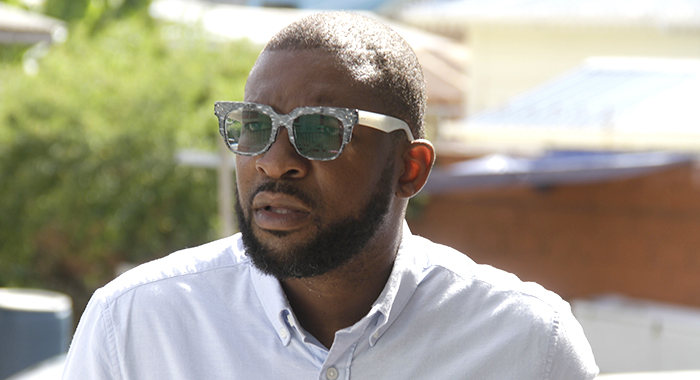
Daniel read from the report and asked the doctor whether that means that there was no abnormality with his abdomen.
The prosecutor rose and asked the court whether the doctor was the one who had examined John.
Daniel said that the doctor had prepared the report and the magistrate said that the doctor had access to the case notes.
The prosecutor said that the doctor could not be asked about someone else’s examination.
“But he can be asked about running around on one foot,” Daniel responded.
The prosecutor said that that question was about the doctor’s professional opinion.
Daniel said that he would ask the question differently and asked the doctor where the notes which he used to prepare the report reflect any abnormality in respect of John’s abdominal region.
The doctor said it did not.
The prosecutor then rose and said that Woods had said that he was not the person who had examined John. He said that in the same way he was told it was unfair to ask the doctor certain questions, it is unfair to ask the doctor about an examination he did not do.
Brette said that all Woods did was transcribe notes to his report.
But Marks rose and said what he understands Daniel to be asking. Marks said he understood Daniel to have rephrased his question to ask about case notes.
“This is their evidence, you know, Your Honour,” he said. Marks noted that the report was prepared from the case notes, adding that if there was any abnormality in John’s abdomen it would have been reflected in the case notes.
“Mr. Daniel is asking if there was none and he said there was none. It is as simple as that,” Marks said.
Brette, however, said that the document speaks for itself.
But Daniel said that he is entitled to ask the question and said that the prosecutor cannot fetter his (Daniel’s) case by telling him what questions to ask, in the same way that the defence cannot tell the prosecutor which witnesses to call.
But Brette noted that Woods did not examine John and cannot speak to anything that was found at the time.
Pompey said that while he agreed with Brette, Daniel’s question was about the case notes.
Daniel said that he is “entitled to ask it, emphasise it; draw it to the attention of the court, whether the prosecutor likes it or not”.
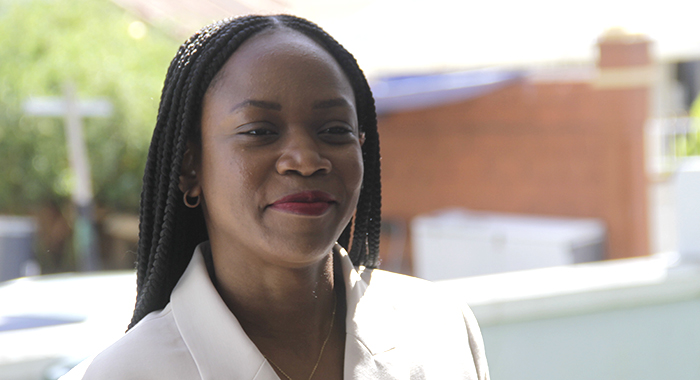
The doctor, responding to Daniel’s questions, said that the case notes reflected that John’s lungs were unremarkable, and other than the injury to his left, he had made no other complaints.
As the cross examination continued, Brette raised objection to some of the contents of the report, deeming it hearsay.
“It is inconsistent with your case. That’s sad, but that’s the way it is,” Daniel responded.
The doctor told the court that the assessment did not include any abdominal pain or discomfort.
Woods said that the management of John did not include any management for any abdominal complaint, any chest or thoracic complaint.
“So, is it fair to say, doctor, in relation to this medical report and how he presented, not only from the case notes but from your own involvement and management of this patient, that the only complaint concerned a gunshot wound to the left leg? Daniel said.
“It would be a fair statement,” Woods said.
At 3:20 p.m. Daniel ended his cross examination and Marks began by telling the doctor that he had a few questions, which were mainly relating to explaining some medical terms contained in the report.

The doctor said that when the report said that John’s abdomen was “non-distended”, a common term would be to say there was no bloating.
“Non-tender on palpation” meant that “on kneading the abdomen, there was no pain”.
“Stomp, stomp; kick, kick,” Daniel commented.
Woods explained that John’s bone was still together but was cracked. He said that in his practice he has seen people lose a leg from a gunshot wound.
He said he was not familiar with the terms “stippling” and “soot” or “tattooing” in relation to a gun injury.
Marks then asked that the report be tendered in evidence saying it was an oversight by the prosecutor.
There was no re-examination of the doctor and he was excused at 3:23 p.m.
Last Thursday, Morgan and Nelson were acquitted, one day after their lawyers made no case submissions on their behalf.
John is to be tried on a charge that on April 13, at Diamond Estate, he used threatening language to Morgan.




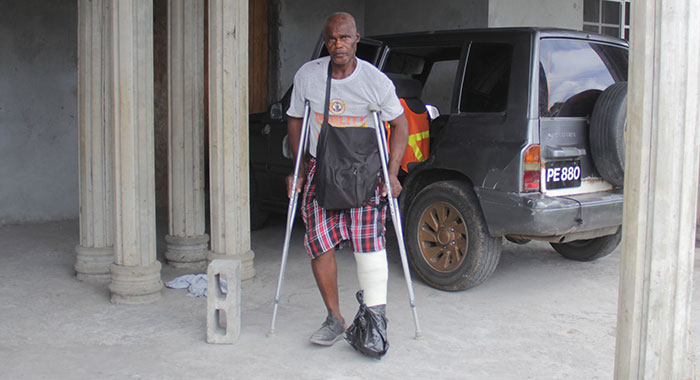


I don’t believe it, Clearly Pompey allowed hearsay into evidence? […] I guess this would be actual malice. John said he was given injections for pain medication and antibiotics and that he changed his soiled clothes at hospital ofter being brought there by police. Pompey probably used to be a police constable, he started from the bottom now he here. something like that. I would like to see his notes.